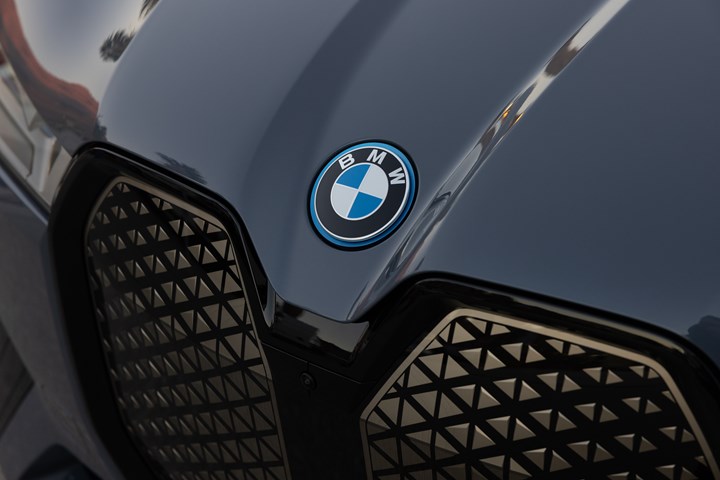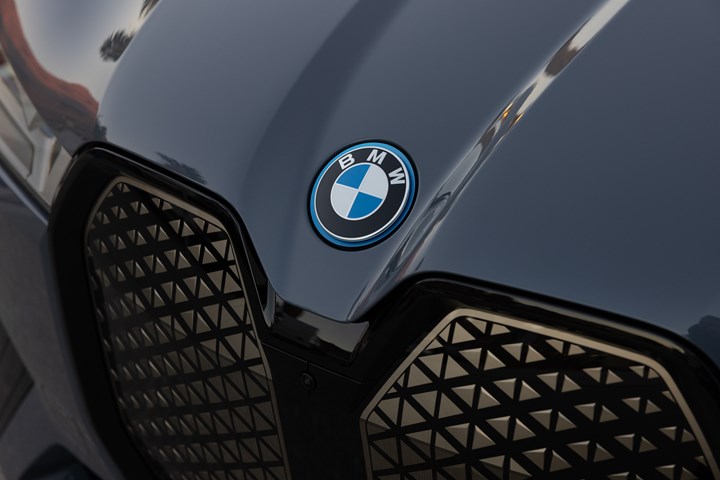
Electrification Sparks Changes in Automotive Design
For more than a century, car design started from the understanding that an internal combustion (IC) engine would propel the vehicle and all subsequent design decisions were steered by that immutable fact. While the vast majority of vehicles are still guided (limited?) by that propulsion reality, a small but growing faction are not bound by internal combustion and what it means for everything from what materials can be under the hood to the trappings of the interior. Electrification is sparking big changes in automotive design, which, in turn, is driving changes in automotive parts production.
I recently spoke with Jack Rulander, senior R&D engineer at rapid prototyping and on-demand manufacturer Protolabs about what his company is seeing in the automotive market as it electrifies. His answers, and a recent project with BMW that injection molding machine and automation supplier Engel publicized, show how radical the changes will ultimately be, even if the vast majority of vehicles today fill up at a gas pump vs. an electrical outlet.
With IC vehicles, Rulander said the focus was needing to function in high-heat environments, while dealing with the chemical exposure from exhaust and other substances. This pushed OEMs towards high-heat high-performance materials, which often also carry high per pound price tags, but that’s changing. “The material requirements and demands are different,” Rulander said. “Chemical exposure is not as important as things like electrical insulative properties and EMI shielding. You are seeing this shift towards different types of polymers, and a lot of them end up being lower cost—moving from a PPS and PPA to acetals. You do see some of the components going more towards to engineering grade and commodity level resins vs. high-temp and specialty plastics.”
A major theme of plastics growth since their inception has been as a replacement for more traditional materials—wood, paper, metal, glass, rubber—and internal combustion, especially as automakers bid to boost mileage by making cars lighter, gave thermoplastics ample opportunities to supplant metal, glass and rubber in vehicles. Moving from gas to electric won’t change that drive, however, as electric vehicles see a boost in battery range as the car gets lighter.
“I think we’re definitely seeing a trend of increasing plastic volume in vehicles,” Rulander said. He sees advances in materials, particularly the use of various fillers, reinforcements and additive packages, as creating more opportunities for plastics. “I think advances that people are making in materials really tailor them to structural components and replacing metal.”
Award-Winning Plastics Application
Plastics Technology recently covered Engel’s work with BMW on the “badge” or radiator grille for its electric iX sport utility, which took home the 2021 grand award from SPE Central Europe. Created in a cleanroom, the badge starts by back-molding a functional film with polycarbonate and then flood coating that with polyurethane. In addition to being a highly visible part of the car’s styling, the badge must also endure the elements as an exterior component and protect cameras and sensors that empower assisted driving. This grille’s not helping cool a radiator but that doesn’t mean it’s not functional. What other traditional elements of a car can be reimagined for added functionality in an electrified vehicle? Also, you might have seen the iX in action this weekend if you tuned into the Super Bowl and caught BMW’s latest ad featuring Zeus (Arnold Schwarzenegger) and Hera (Salma Hayek).

The new BMW iX, featured in a Super Bowl ad, features an award winning injection molded grille utilizing Engel technology. Credit: BMW
RELATED CONTENT
-
Beat the Heat When Molding High-Temperature Thermoplastics
Conventional molding techniques are not effective with high-temperature materials. Molders need to be aware of certain conditions and parameters to handle problems sometimes posed by high-heat injection molding.
-
Radiation Crosslinking Boosts Nylon Properties
Demand for more robust plastics is creating new opportunities for radiation-crosslinked nylons, including nylon 6 and 66, which can serve as cost-effective alternatives to higher-cost, high-heat thermoplastics. Crosslinked nylons have higher heat resistance than their standard counterparts, along with better physical properties and abrasion resistance. Adapted from a paper presented at SPE ANTEC 2012.
-
Prices Up for All Commodity Resins, Including ABS, PC, Nylons 6, 66
Reversal of some factors driving prices up could change the trajectory in the second or third quarter.

Leave a Reply